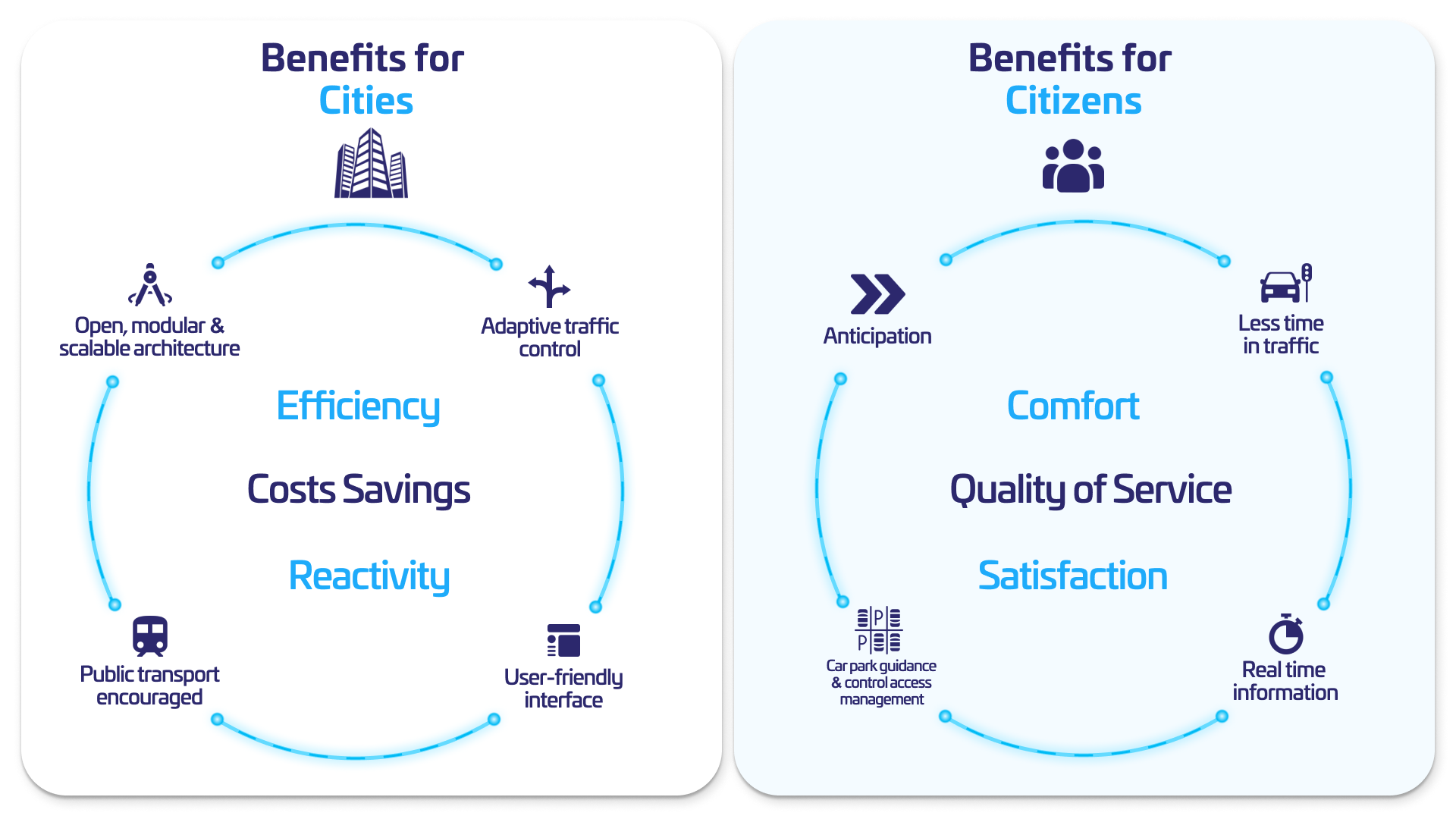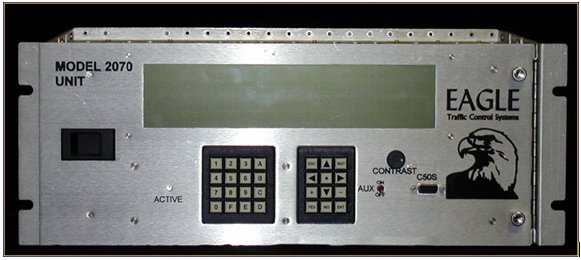The Facts About Safety Network Uncovered
Table of ContentsSafety Network - An OverviewSafety Network - An OverviewThe Best Strategy To Use For Safety NetworkSafety Network for DummiesThe Main Principles Of Safety Network The Single Strategy To Use For Safety Network
Traffic signal controllers alternating solution in between contradictory traffic movements. The length of time taken to complete one round of solution for all clashing motions is called the cycle size, and the allotment of the cycle size between the contrasting traffic movements is called the split. Traffic control services.This is called squad progression and also is accomplished by coordinating the operation of adjacent signals (https://www.imdb.com/user/ur162375839/?ref_=nv_usr_prof_2). Signal sychronisation is most generally accomplished by running surrounding signals at the same cycle size, with a pre-determined offset in between the beginning of the cycle at one junction as well as the start of the cycle at the next.
The cycle length, split, and also balance out might need to change during the day as website traffic quantities alter. Traffic signs. Controllers, consequently, enable the individual to establish numerous collections of these fundamental control timing parameters. Each such collection is described as a timing plan or timing pattern, and also one timing strategy or timing pattern functions at any kind of provided time.
The smart Trick of Safety Network That Nobody is Discussing
Traffic signal controllers available today can be classified as interval controllers (additionally called pretimed) or phase controllers (likewise called actuated). The former allow the customer to separate the cycle right into any kind of number of intervals, with the period of each period being established by the customer. The individual after that specifies which output circuits are switched on throughout which periods.
The cycle length amounts to the sum of the interval durations, and all intervals are timed sequentially. The customer can likewise define a start-of-cycle balanced out for signal control. The interval periods, result meanings, cycle size, and also offset can all be varied from one pattern to another, and as a result can be differed during the day.
If the signal is coordinated, the customer also defines a split time for every stage, and also a start-of-cycle offset. The individual assigns a stage to a collection of suitable automobile and pedestrian movements. If worked with, the split times for all stages in a ring need to sum to the cycle length.
Fascination About Safety Network
Phase controllers utilize obstacles or stage concurrency groups to define disputes in between phases in various tings. Within a concurrency group (between two obstacles) the phases in various rings can time separately, yet all rings need to go across the obstacle (relocation to a various phase concurrency group) at the same time.
From one pattern to the next, the user may vary the cycle size, offset, split, as well as phase sequence. Stage control is especially well fit to actuated control of regular intersections, specifically those with secured left turn movements. Two actuated left turn stages on the exact same street can time independently, with claim the westbound turn stage obtaining much less time than the eastbound in one cycle, and the contrary occurring in the next cycle.
Each stage in a stage controller can be operated either pretimed (repaired time) or activated. The National Electric Manufacturers Organization (NEMA) TS 2 typical defines minimum useful standards for both interval and also stage controllers. The majority click for more info of modern-day controllers meet most or all of these minimal demands and also most controllers also provide extra capability not yet standardized.
The Buzz on Safety Network
Such links might be irreversible to a remote master or computer, or short-term to a laptop computer utilized by area personnel. Ethernet is significantly being made use of rather than serial communications. As unique serial port may be used to interact with in-cabinet equipment in the situation of a serial-bus cupboard (see NEMA TS 2 and ATC sections listed below).
If a malfunction is discovered, the MMU instantly puts the signal in an all-red flashing state, bypassing the outcomes of the controller. Modern controllers can sense this problem as well as report the malfunction state to a master or central computer. Modern controllers use the complying with three different methods of determining which pattern or strategy to run: Internal time-of-day timetable - the user configures a timetable that tells the controller when to transform the pattern or strategy, based upon the day of the week and time of the day.
If the controller sheds interactions with the source of pattern commands, it can instantly change to utilizing its internal time-of-day pattern choice schedule - https://www.corpbookmarks.com/author/s4fetynetw0rk/. The same communications web link is typically utilized to get condition info from the controller, as well as to enable remote modifications to controller criteria. It is also feasible for the individual to by hand secure a controller into a certain pattern, such that any of the above pattern options is neglected.
The Main Principles Of Safety Network



This is called time base control. At some point, nonetheless, the controller's clock will wander and also need to be reset to typical time. Clocks can be reset utilizing any one of the following strategies: Guidebook - occasionally, a user goes to the controller in the area as well as resets the moment according to a properly set watch or other source of conventional time (e.
Safety Network for Dummies
This method is not favored as it is tiresome, error-prone, and also subject to disregard. Relying on the model of controller, operationally significant drift can call for manual reset after just a number of weeks of procedure. Hardwire pulse - a master system pulses a hardwire input to the controller at a pre-defined time of day.